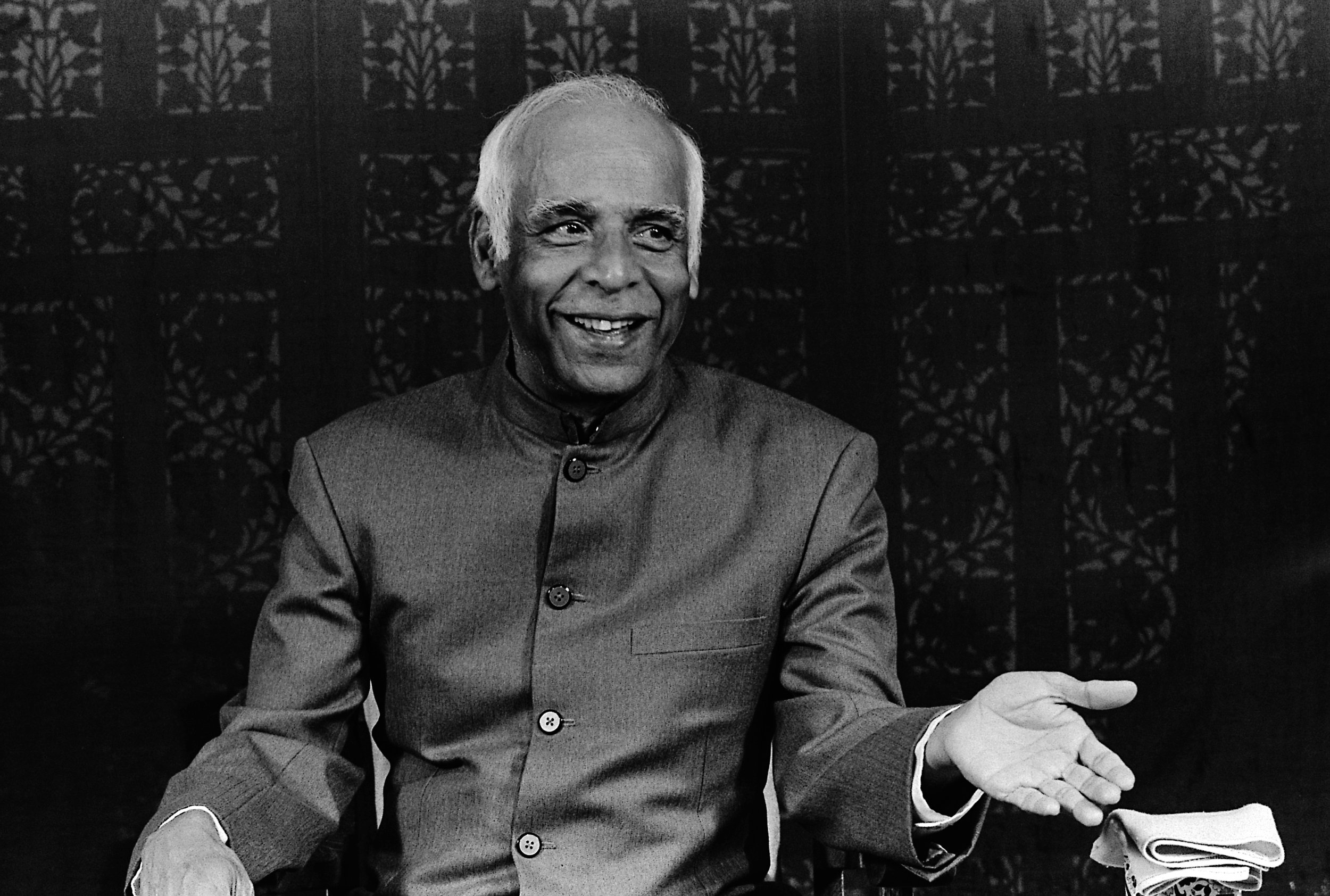Chapter seven of The Mantram Handbook has focused on excitement and depression, and as it ends, Easwaran makes a fascinating connection to spontaneity. The very same qualities that lead to the pendulum swings of excitement and depression – a racing mind, compelled by likes and dislikes – make spontaneous living impossible. Surprisingly, “[t]he secret of spontaneity is training; this is how we undo our conditioning.”
Happily, all the training we’ve been doing is taking us toward the goal:
“Any effort we make to keep the mind steady helps on all fronts. … Even if we do nothing more than try to keep the mind steady during the ups and downs of the day, we are deepening our awareness of life far more than we know.”
This week’s eSatsang reading is pages 105–108 in The Mantram Handbook.*
Is there a relationship in your life that you wish you could improve? Read this article for tips from Easwaran. Try applying those tips, even if you can’t apply them directly to this particular relationship.
As we continue a second pass through our mantram exercises, we are looking for ways to deepen them, for example by practicing more consistently or via a bit of extra effort or preparation.
This week, say your mantram before starting tasks. See how often you can do this. Can you make it a habit?
When sending email or text messages, say your mantram a few times before hitting “send.”
When you walk from one place to another, say the mantram to help you transition.
* For those using electronic versions of The Mantram Handbook with different page numbering: this week’s reading starts with the subheading “Spontaneity” and continues to the end of chapter seven.


